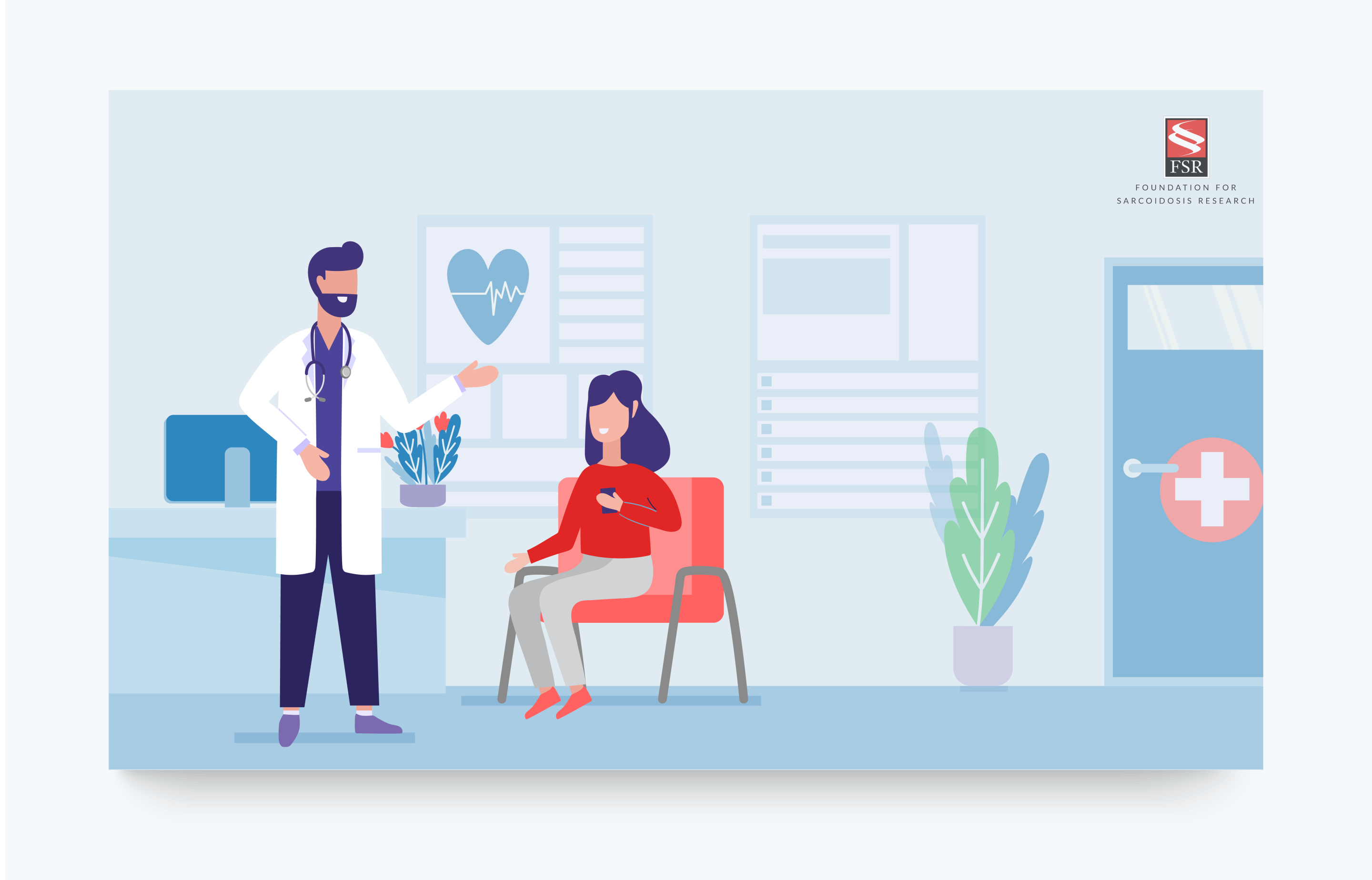How to have an effective office visit with your provider:
Getting the most of your office visits can be tricky, especially if you’re not sure what you may need to talk about. But fortunately there are some tried and true ways to have a productive, meaningful visit with your medical provider. As a patient with a chronic illness AND a family nurse practitioner, Amy has perspective from both ends and provides some helpful insights for your next visit.

- Providers think by system and/or head to toe so start with a headache and list your symptoms down your body OR group your symptoms with what goes together. Example: “headache, sore throat and sinus drainage, nausea and diarrhea” is better than “my head started hurting on Wednesday then by Saturday my whole body hurt then on Sunday I had diarrhea and a sore throat.”
- Don’t tell one specialist about another body system’s problems UNLESS it affects them. Example: don’t tell your neurologist about your abnormal periods unless they ask. Don’t tell your cardiologist about your hip pain.
- Bring a list of questions (see #1 and 2 in the section below as ideas). Providers should ask you “do you have any questions?” before they leave the room. We ask this for many reasons but one of which is to avoid future phone calls between patients and staff that can often lead to confusion or misinformation. If I can tell my patients something firsthand, it is always more effective in the long run. A great question is “what are your thoughts? Do you really think it is my thyroid (for example) or should I just wait on the labs?” Another great question is “do you see this often – is this common?”
Ways to communicate between visits:
- While at the visit, ask “when will I hear from you about my results? Will you call me or message me in the portal, or should I contact you?”
- While at the visit, ask “what is the next step? If these test results are normal, should I come back sooner or keep my regular checkup appointment?”
- If you need a refill, don’t depend on your pharmacy to communicate with your provider. A lot of prescription refill systems are automated via software and are often inaccurate or ineffective. In my practice, contacting me via the patient portal is the BEST way to reach me. No phone calls needed.
- If your symptoms are not improving or you have a questions, use that patient portal (or call if that’s what your provider prefers). It’s vital for us to be able to track your symptoms and progress in order to provide excellent care.
- When you send a message via the portal: Keep the message brief – 1-2 sentences is best. Attach pictures if indicated but don’t zoom all the way in or provide a zoomed in picture along with a zoomed out picture (rash, swelling, etc).
How to manage your own medical records:
- Keep a binder (make tabs by specialty or test). You can make a tab for CT scans. MRIs. Echocardiograms. Labs. PFTs. Each specialty needs a tab and you can file your visit summary from each provider and/or copy of a portal message in that section (cardiology, primary care, GI, etc). Most patients can obtain their own records from the patient portal and print them… you can also ask for a copy! If you explain you keep a binder for all your specialists, any nice team member will print you a copy.
- This binder will help you if you ever need to obtain Social Security medical disability or if you are out for prolonged periods at your job. It is also helpful for specialists who may not have access to your medical records from a different hospital system or medical software.
If you need more frequent office visits, ask for them. Your provider is PAID to see you. Your insurance is billed for those visits where as most providers do not bill for phone calls or portal messages. If you end up needing them before your designated 3 or 6 month follow-up and you have more than 1-2 simple questions, PLEASE schedule an office visit.
As a provider with complicated patients of my own, I would much rather have that patient in the office with me to have a discussion than to do multiple back-and-forths over the portal. It’s better patient care. AND my time is used wisely in my employer’s mindset. Medicine is a business. Although so many of us really do care!!!
 About the Author: Amy Cobb, APRN has been battling sarcoidosis since 2016. Her experience as a family nurse practitioner has changed the way she approaches her own office visits with her provider. Amy has been an FSR Local Patient Advocate for two years.
About the Author: Amy Cobb, APRN has been battling sarcoidosis since 2016. Her experience as a family nurse practitioner has changed the way she approaches her own office visits with her provider. Amy has been an FSR Local Patient Advocate for two years.